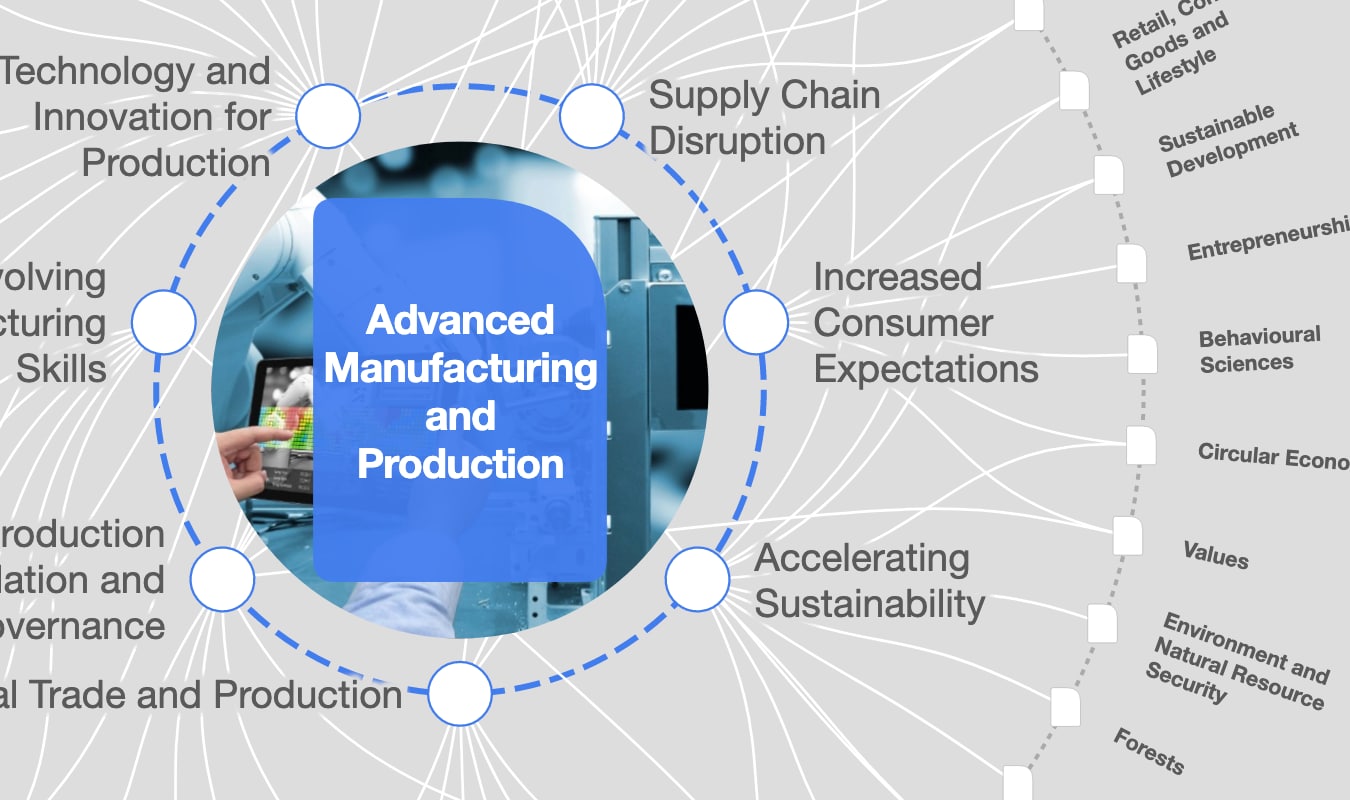Localized microfactories - the new face of globalized manufacturing

A Chinese-Venezuelan mobile-phone factory in Caracas, an example of more traditional globalized manufacturing. Image: REUTERS/Carlos Garcia Rawlins

Get involved with our crowdsourced digital platform to deliver impact at scale
Stay up to date:
Advanced Manufacturing
The way products have been manufactured has evolved significantly over the past decades. Today, most are built in large factories in low-cost regions, primarily in Asia but also increasingly in eastern Europe and South America.
This has largely been good for consumers. Products manufactured overseas have powered our cars, connected our networks and furnished our lives. Lower manufacturing costs have made more products more affordable for more people. However, there are signs that this approach has reached its limits. Low-cost labor pools in distant countries are being exhausted, and in manufacturing settings closer to consumers the growing global middle class is proving unwilling to do repetitive tasks, fueling high turnover.
Not only is it getting harder to find labor in low-cost regions to build products, the growing impact in terms of local jobs, the environment and delays in product distribution around the world is becoming even more serious. In tandem, consumer demand for local, personalized products is a trend that’s been steadily growing. Several years ago, research found that more than 50% of consumers said they prefer customized purchases, and the majority of those said they’d even be willing to pay more for a customized product or service.
This new consumer paradigm presents massive opportunities for large corporations to succeed in a localized economy – if they are set up to take advantage of them. The key to unlocking these opportunities lies in a distributed manufacturing operation – one that relies on a network of smaller, more nimble and flexible factories around the world located closer to where customers are. Simply put, corporations must increasingly think globally (in terms of emerging customer needs), but build locally (in terms of executing those needs).

The possibility of smaller, distributed factories with accompanying ecosystems that serve regional markets, compared to a large production center that ships product worldwide, may seem counter to how industry typically thinks of cost efficiency and scale. Automation is proving to be an important link between large companies and their localization strategies. It enables not only localization in manufacturing, but innovation – and at lower costs and higher efficiency.
This is where microfactories come into play. These smaller factories utilize automation instead of relying on expensive human labor, ensuring quality and consistency in product while enabling scale through efficient output. With their lower operating costs, microfactories effectively democratize innovation by making manufacturing more readily available to entrepreneurs, inventors and makers. For example, if someone today has an idea for a new product – even if they have the technical skills to do so – they cannot manufacture that product at scale without investing significant capital. In 10 years, we’ll see cost-effective microfactories drive a new wave of innovation across industries as manufacturing becomes accessible to all people.
Closer geographic proximity to customers also means closer proximity to customer tastes and preferences. Not only can a company localize the actual product to best suit that particular market, it can focus its marketing efforts on locally designed and produced goods – and take pride in those efforts. Geopolitical policies amplify this trend, as goods produced closer to the consumers who buy them aren’t subject to the same threat of changing tariff structures. Further, smaller manufacturing footprints help companies reach their sustainability goals.
The obvious argument against adopting a more automated factory floor is the loss of jobs for human workers, but the benefits of automated microfactories far outweigh those losses. According to a study by Deloitte and The Manufacturing Institute, every manufacturing position creates 2.5 jobs in local goods and services, and for every dollar of value created in manufacturing, another $1.37 is created in additional value in other sectors. Ultimately, job growth driven by local manufacturing is an important offset against globalization. There’s been much pontificating on the idea that Industry 4.0 will eliminate manufacturing jobs, but a “think global, build local” approach bucks this trend. While globally, job loss from automation will outpace job creation from automation, locally automation is a creator – not a destroyer.
Globalization, simply put, has run its course. Once heralded for its cost-effectiveness, a globalized approach loses all impact in a world where low-cost labor is rapidly diminishing, and consumer demand for authenticity is steadily increasing. In this changing world, a localized approach to manufacturing is imperative for companies to succeed. Intelligent automation will enable large corporations to embrace localization and build closer to their customers than previously possible. In this world, product innovation trumps cost advantages – with no player too large or too small to reap the benefits.
Don't miss any update on this topic
Create a free account and access your personalized content collection with our latest publications and analyses.
License and Republishing
World Economic Forum articles may be republished in accordance with the Creative Commons Attribution-NonCommercial-NoDerivatives 4.0 International Public License, and in accordance with our Terms of Use.
The views expressed in this article are those of the author alone and not the World Economic Forum.
Related topics:
The Agenda Weekly
A weekly update of the most important issues driving the global agenda
You can unsubscribe at any time using the link in our emails. For more details, review our privacy policy.
More on Manufacturing and Value ChainsSee all
Aleksander Ciszek and Devin Culham
April 25, 2024
Andre S. Yoon and Kyoung Yeon Kim
April 23, 2024
Andrea Willige
March 19, 2024






